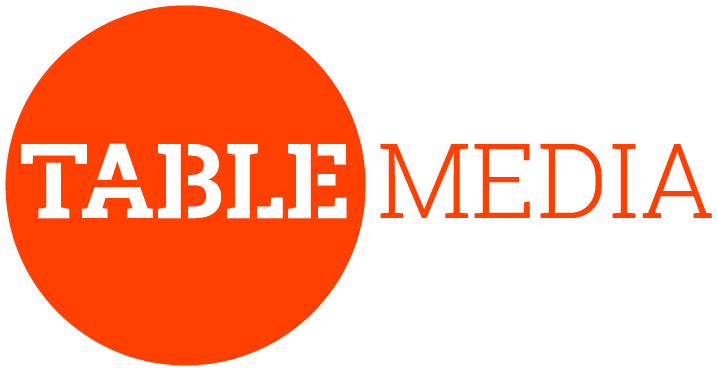Tech
Technology transfer: Why Germany’s research potential is often wasted

Science|Business – Table.Media partnershipScience|Business has partnered with Table.Media, a leading source of news about higher education and research in Germany. Each week, we are publishing one of each other’s stories to give readers an even broader range of insight into R&D policy across Europe. |
Technology transfer and innovation are central themes of Germany’s traffic light government coalition. However, the scientific institutions responsible for technology transfer suffer from insufficient resources and a lack of appreciation. Furthermore, there is hardly any data and facts to date that measure their contribution to the innovation system.
“Too much of what we produce in the science system is lost or not tracked,” Sabine Kunst, chair of the board of directors of the Joachim Herz Foundation in Hamburg, told Table.Media in an interview earlier this month.
And there are also frequent complaints elsewhere that excellent research in Germany does not translate into added value. Over the past 20 years, the third mission of universities – the transfer of knowledge and technologies to the society and the private sector – has not established itself as an equal pillar alongside research and teaching.
Checking results for gold nuggets
“We have to check every research result to see if there is a gold nugget hidden in it,” says Thomas Gazlig, head of Charité BIH Innovation, (the joint tech transfer office of the Berlin Institute of Health and the Charité University Hospital). However, too few scientists in Germany consider the application of their research. Kunst complains that they have “lost the expertise to combine scientific work and application.”
Gazlig makes it clear that there is a lack of incentives and political guidelines. Few technology transfer centres are adequately and sustainably funded. Many are dependent on third-party funding and are currently struggling to compensate for the cancellation of Exist Potentiale, a scheme aiming to activate a start-up culture in Germany’s universities, for example.
According to Christiane Bach-Kaienburg, managing director of Transferallianz, the German association for knowledge and technology transfer, the result is increased brain drain.
Facts and figures on technology transfer in Germany
There are also too few figures, data and facts on input, output and impact. Nobody knows how much money is invested in technology transfer at universities in Germany. What comes out of it also remains unknown. According to Gazlig, this is also associated with the low visibility of the issue.
Transferallianz, would now like to tackle this, at least as a first step. In a survey in which 81 technology transfer organisations from research institutions and universities took part, important input and output data is being collected. The figures are from the 2021 reporting year and were collected in 2023.
- Patent applications: On average, just under 20 priority patent applications were reported per institution in 2021. However, the median value, that is, the most frequently cited value, is eight, so it is clear that some large institutions are distorting the values upwards.
- Income from the exploitation of intellectual property: 28 of the 71 institutions that responded to this question generated between €30,000 and €200,000 in 2021. The top value is €114 million.
- Number of contracts with industry for the purpose of knowledge and technology transfer: Here, too, there is a clear difference between the small and medium-sized universities and institutes and the large institutions. While the median is 35 contracts, some top values raise the mean value to 115.
- Income from contracts with industry: At €723 million, the top performer in this category accounts for 59 per cent of the total volume. Most other institutions earn between €1 million and €2 million per year.
- Number of start-ups: The number of start-ups founded at universities each year is considered a key factor in the success of technology transfer. In fact, in the reference year 2021, no start-ups were founded at 16 of the 66 institutions responding here. The average was 13.
Monitoring has long been standard in other countries
Jörn Krupa, head of the Indicators working group of Transferallianz and co-author of the survey, would like to see regular and more comprehensive surveys in the future. In other countries, this has long been standard practice, but in Germany it has so far been hindered by federalism and a lack of incentives, among other things.
In the UK or Scandinavia, the impact of knowledge and technology transfer is recorded. This is of course difficult, as the impact periods are often very long and other influencing factors ultimately determine whether a social problem has been solved. Krupa, who heads the transfer & innovation department at the German Research Centre for Geosciences (GFZ), says that it is therefore important to keep an eye on the balance between the costs and benefits of such impact studies.
Ultimately, however, these studies and stories about the success of technology transfer are important, emphasises Gazlig. They could bring more visibility to the topic and also change the appreciation within their own organisations. The fact that third-party funding from industry is still perceived as less valuable than DFG (German Research Foundation) funding, for example, makes technology transfer more difficult.
Focus on start-ups does not fit in Germany
Gazlig also argues in favour of a weighting of the indicators that is adapted to Germany. Of course start-ups are important. However, in Germany, with its technology-oriented SMEs, innovations that have an impact in existing companies, for example through licences from research results, are at least as relevant.
In order to professionalise structures and leverage the potential of research results, five percent of the institutional budget should be allocated to transfer and innovation in future, says Gazlig. A contribution for transfer in the funding programmes was also discussed at the Transferallianz conference last week.
This would require politicians to ensure that transfer and its impact become part of the assessment of scientific work. This would change the reputation and mindset. The aim would be for scientists and their organisations to become more aware of the value of their results and to focus more frequently on their exploitation.
This text appeared for the first time in Research.Table, a professional briefing from the largest independent start-up for quality journalism in Germany. The editorial team reports for the key people in the research scene who set and fill the framework for science, research and development.









